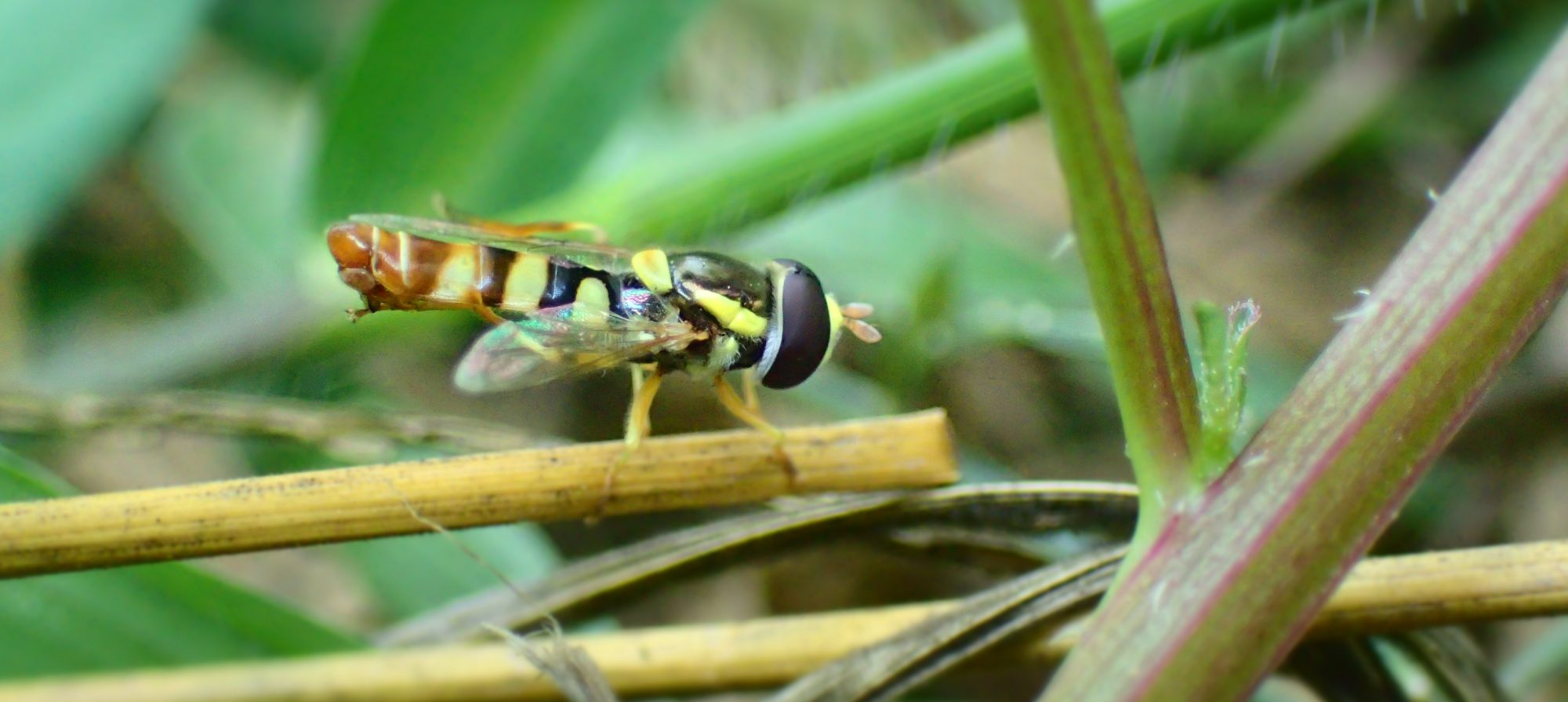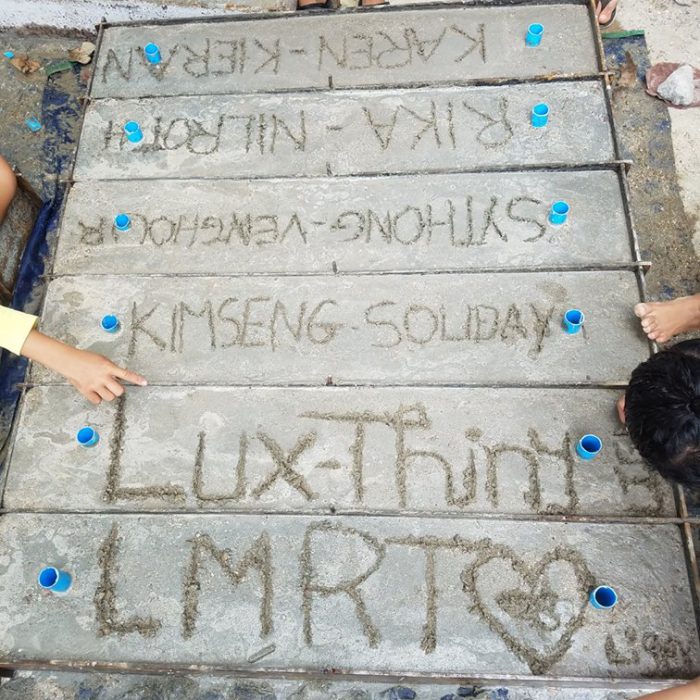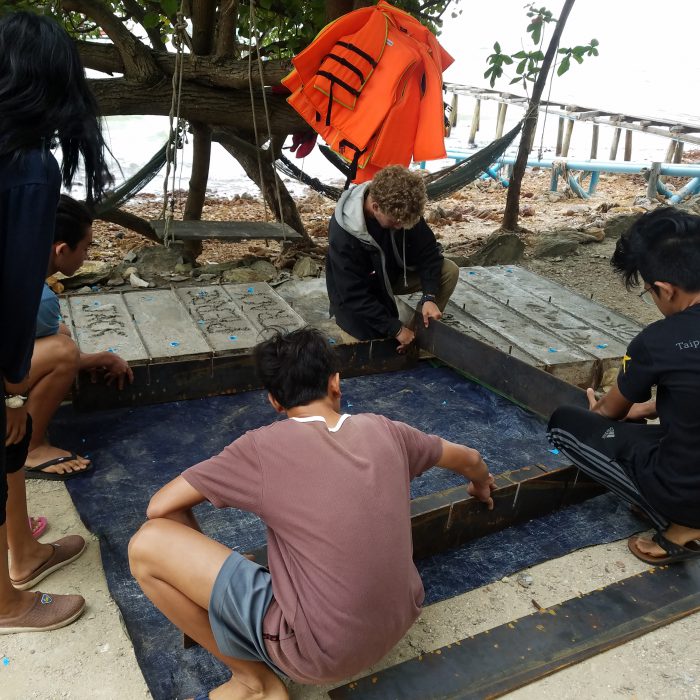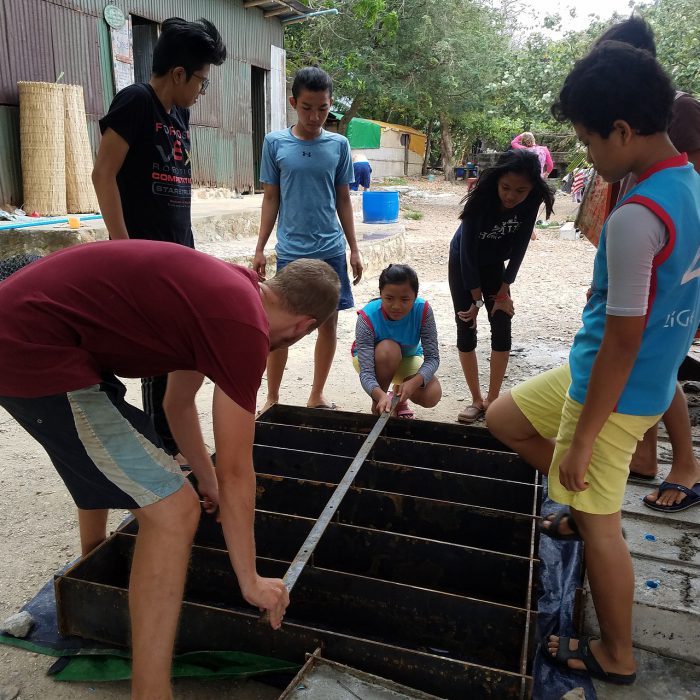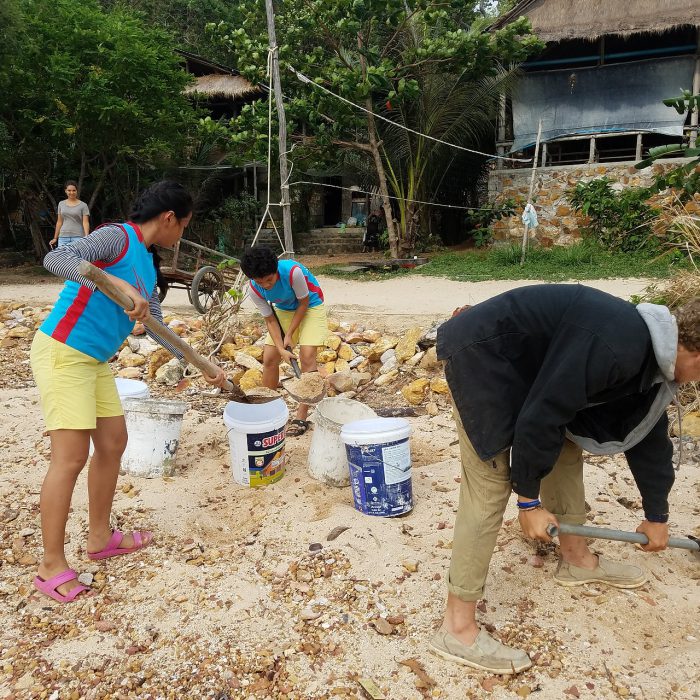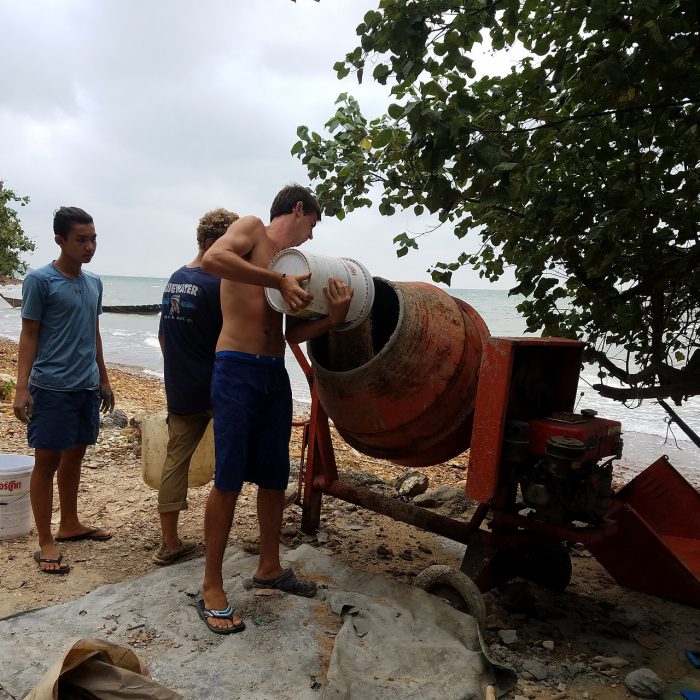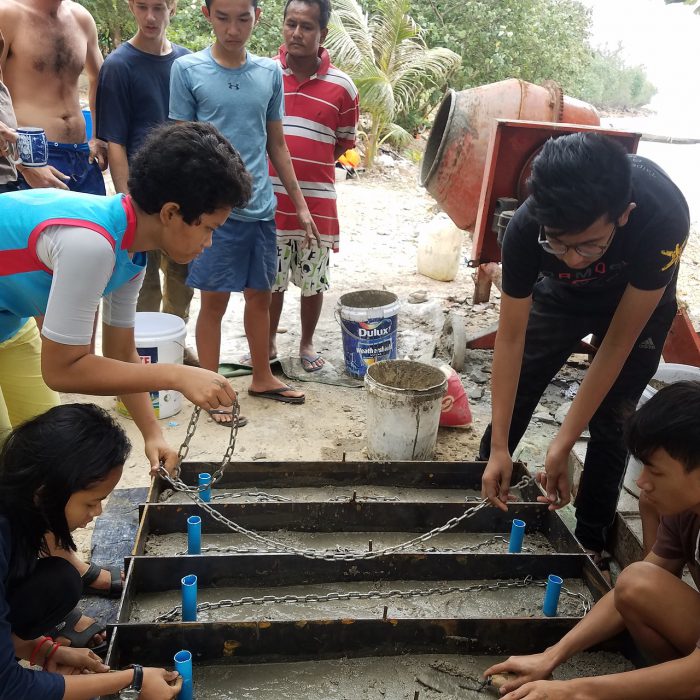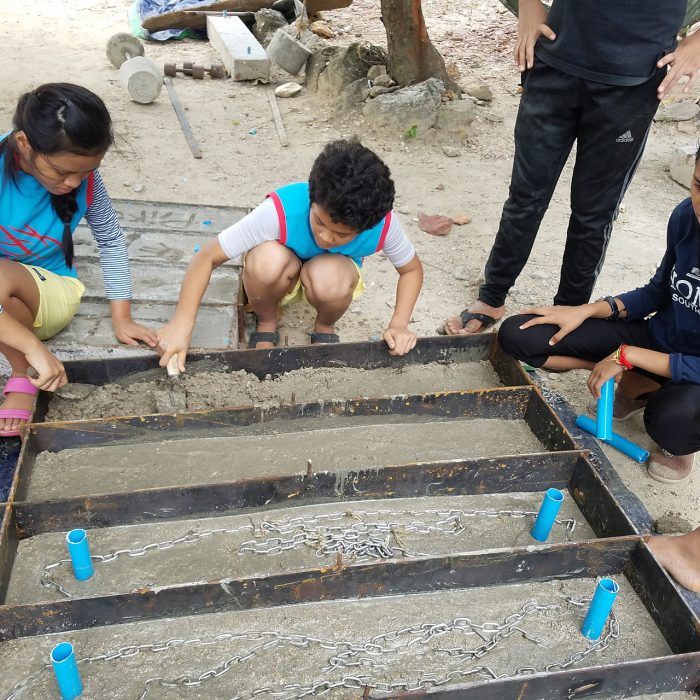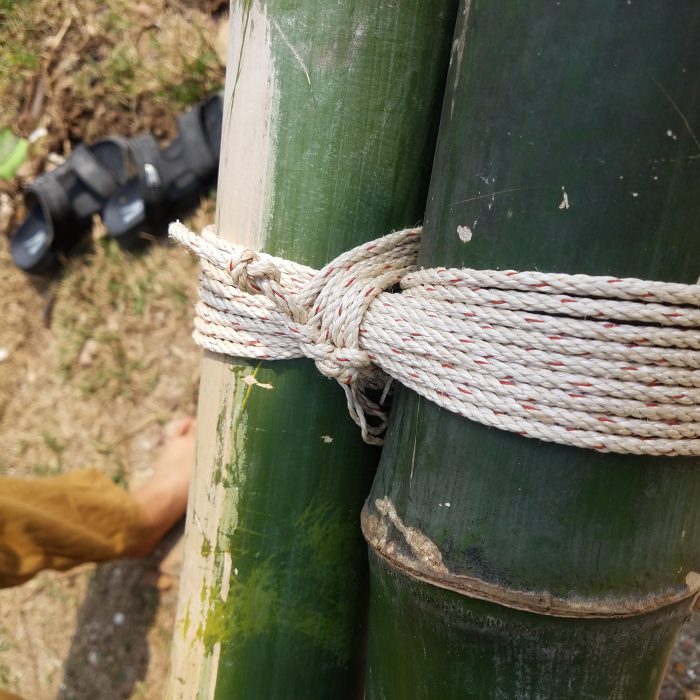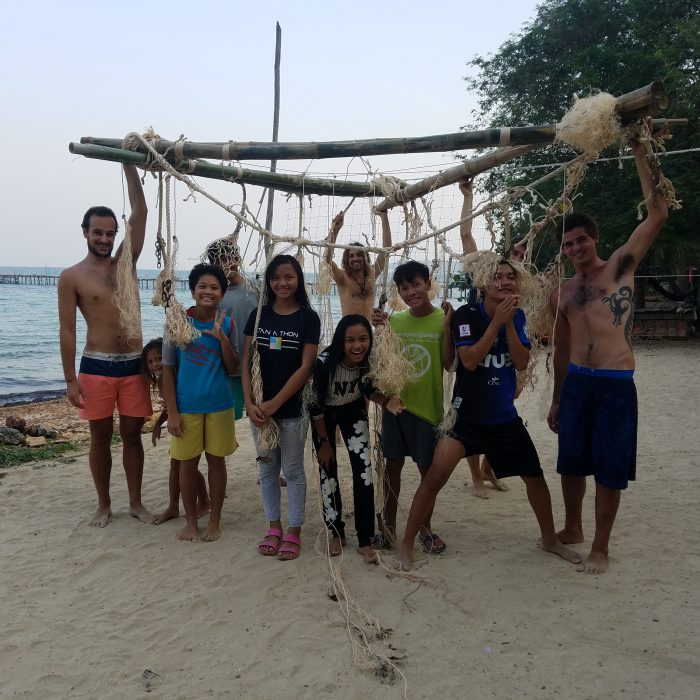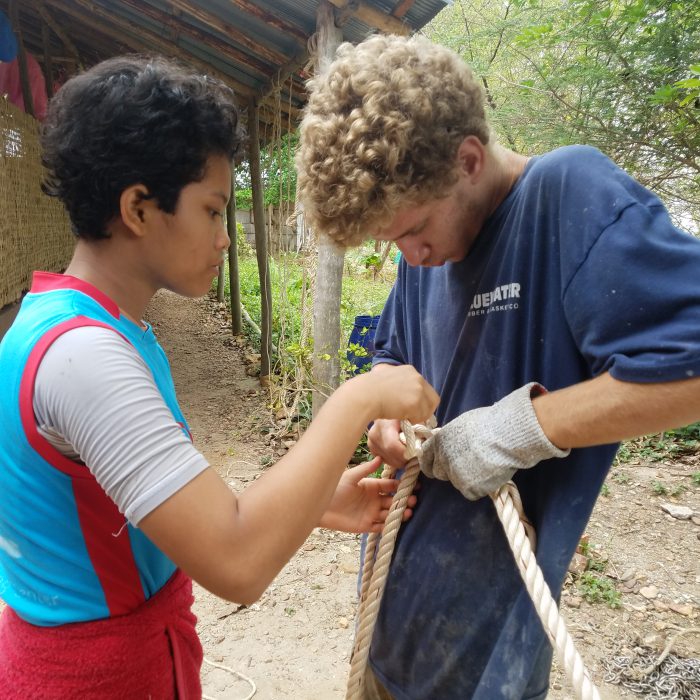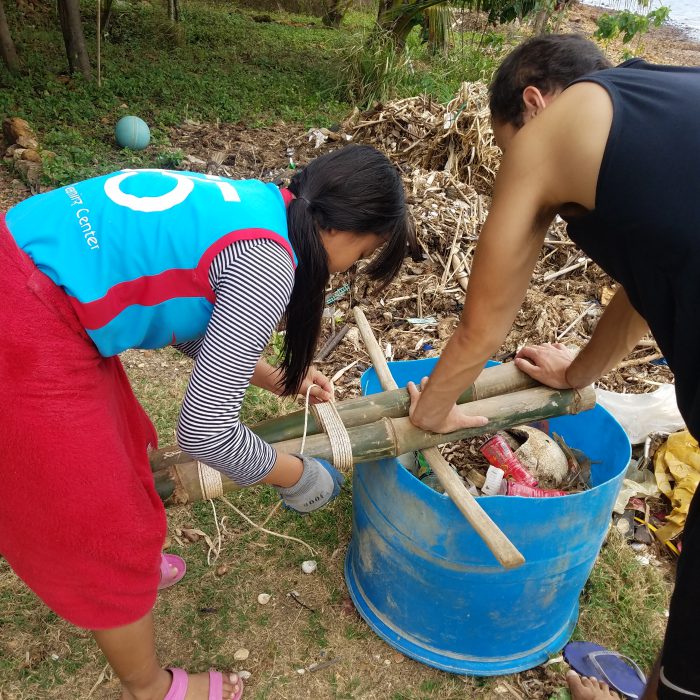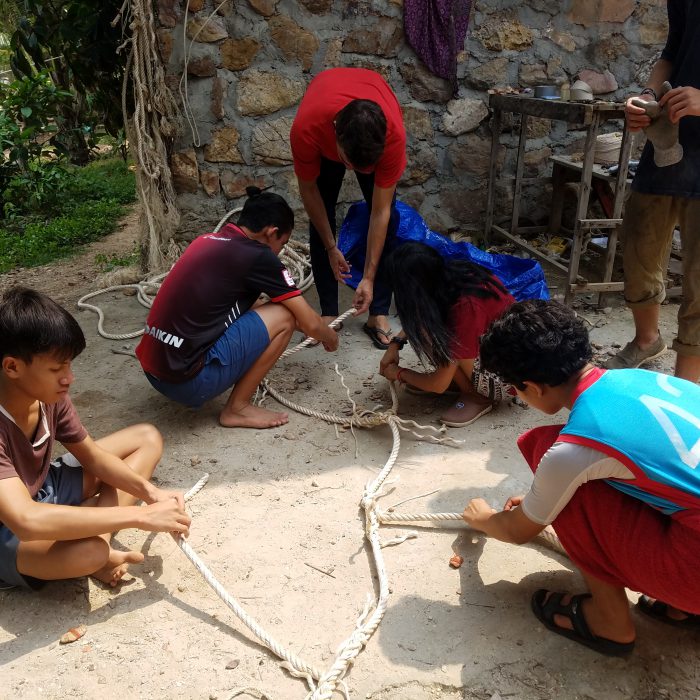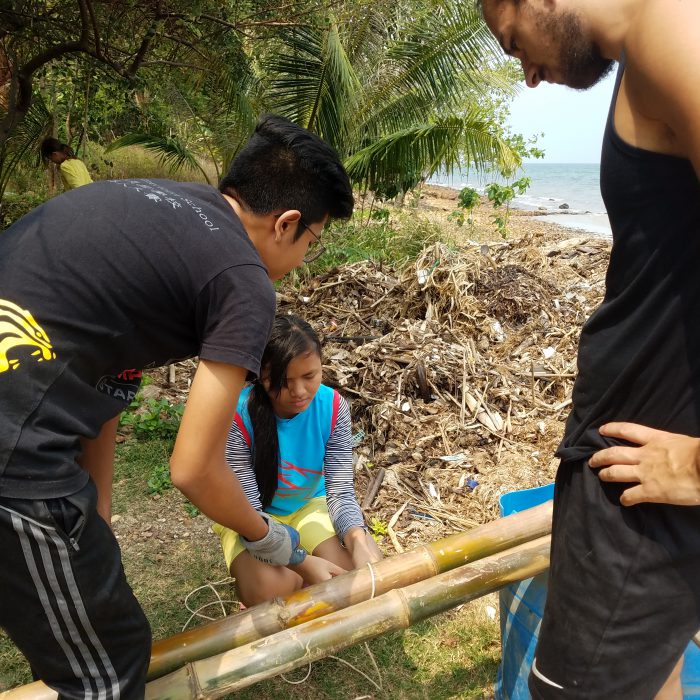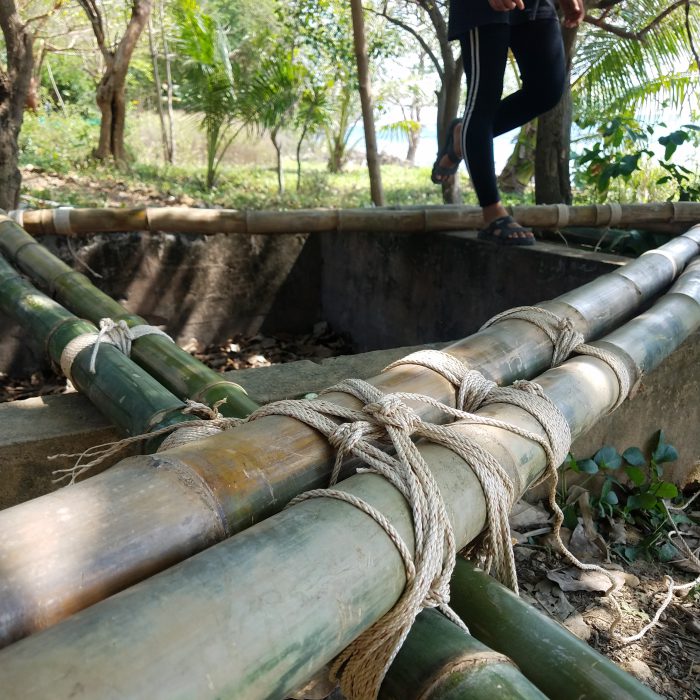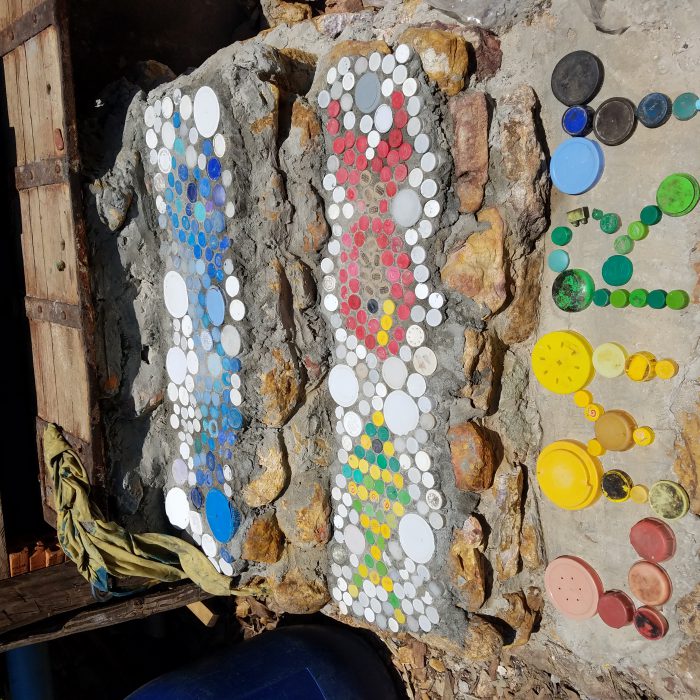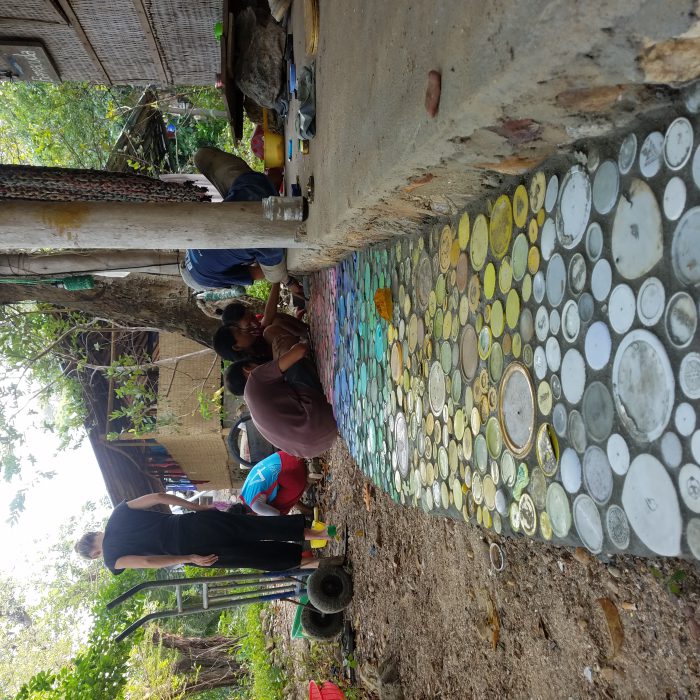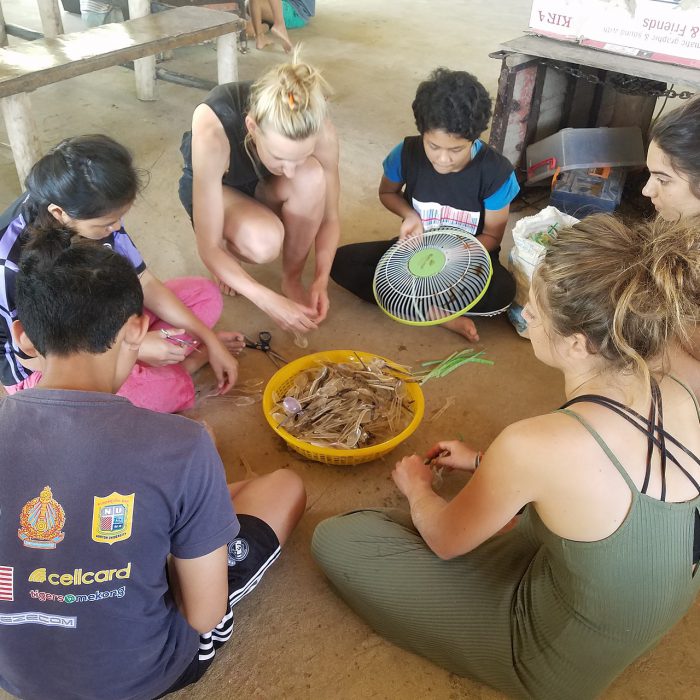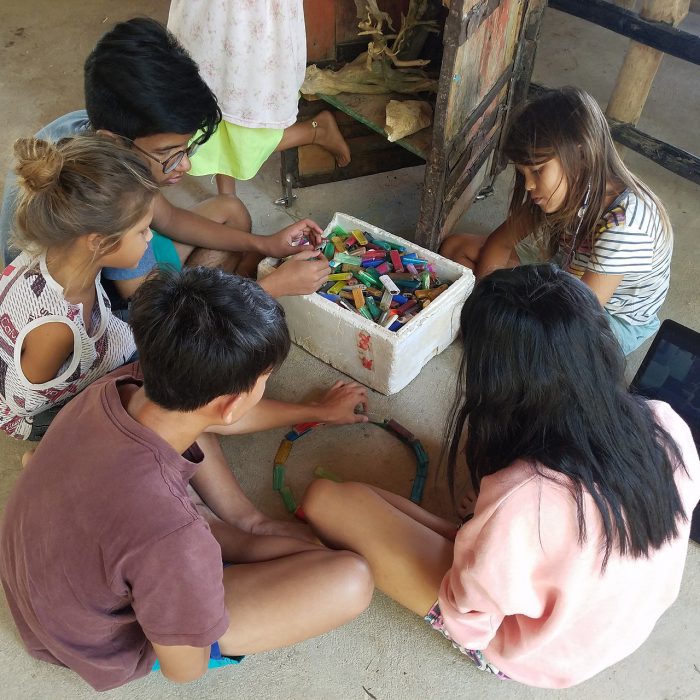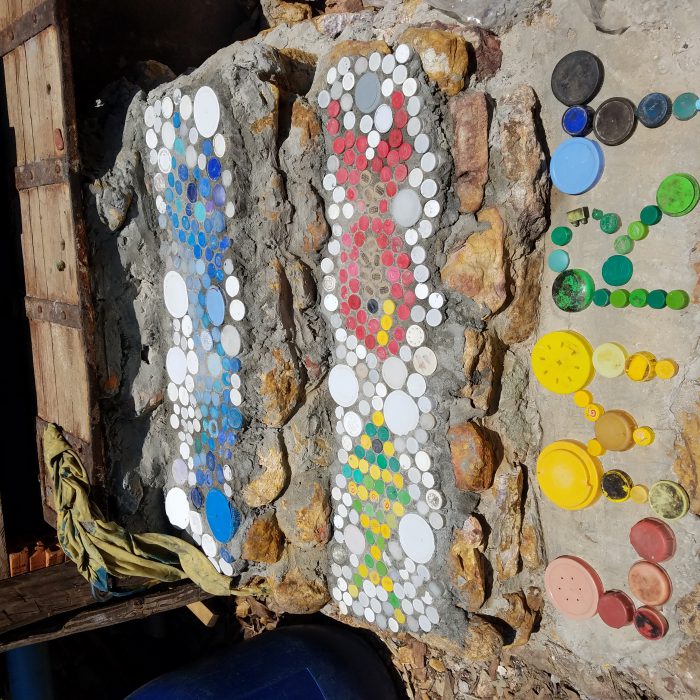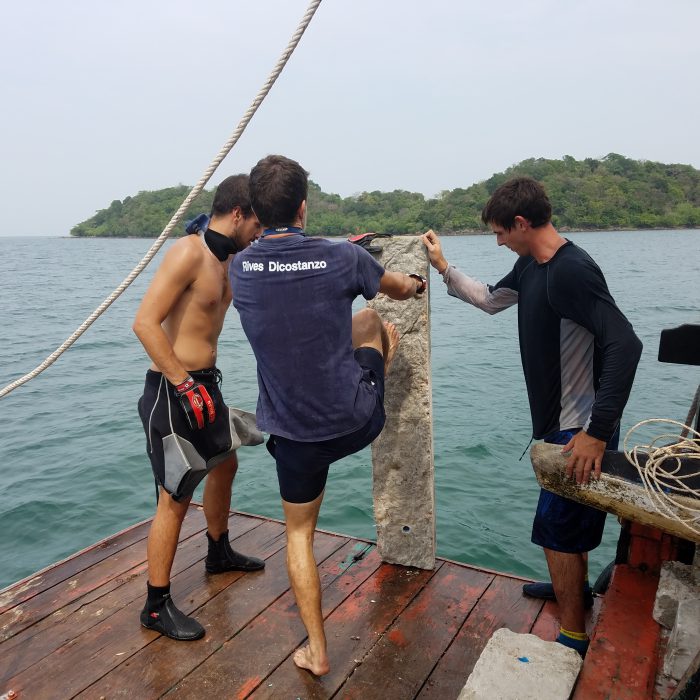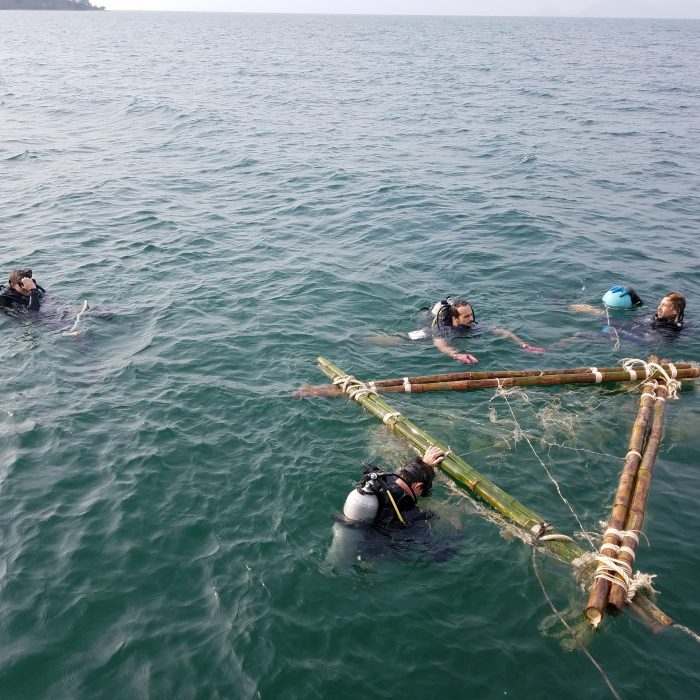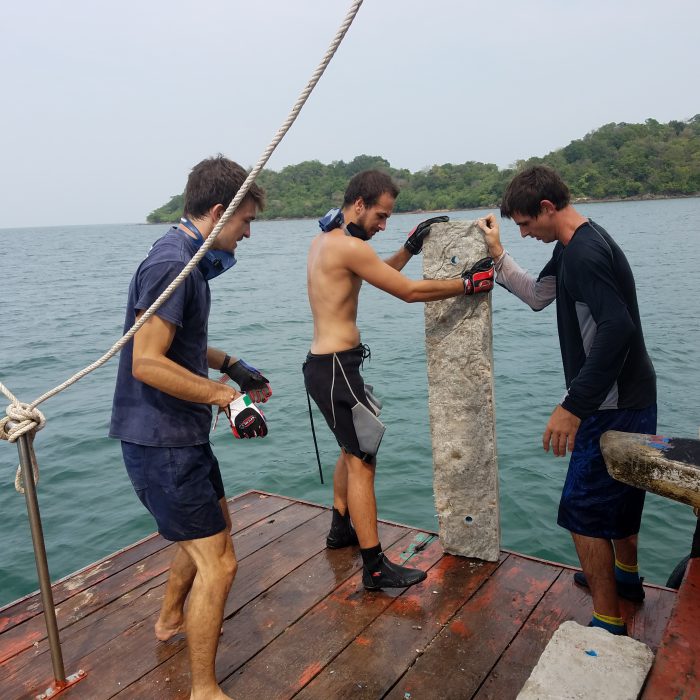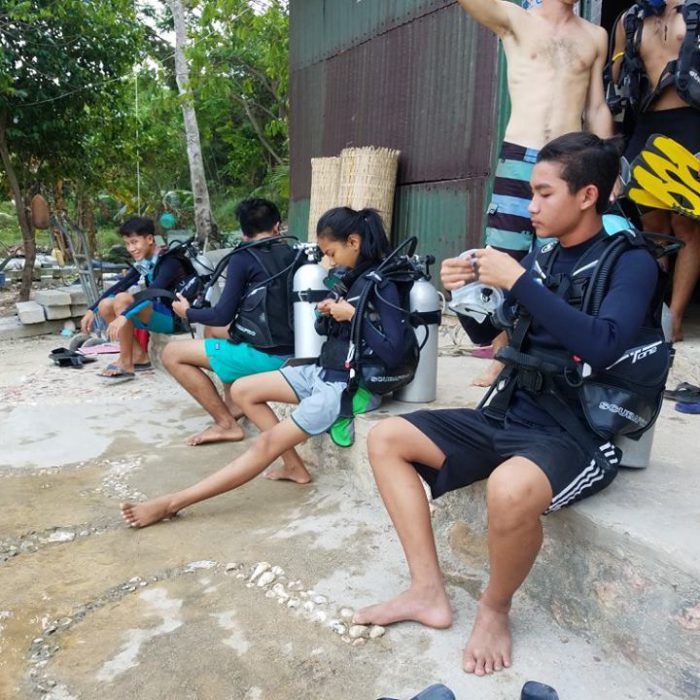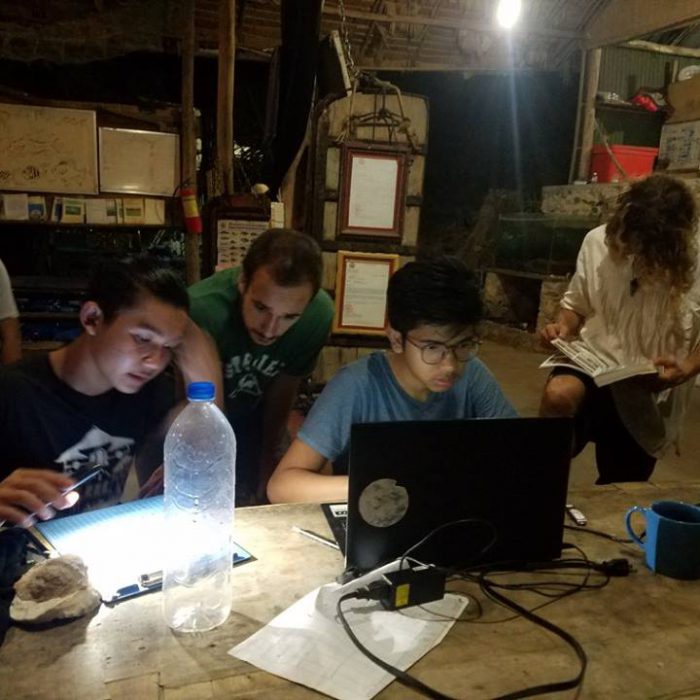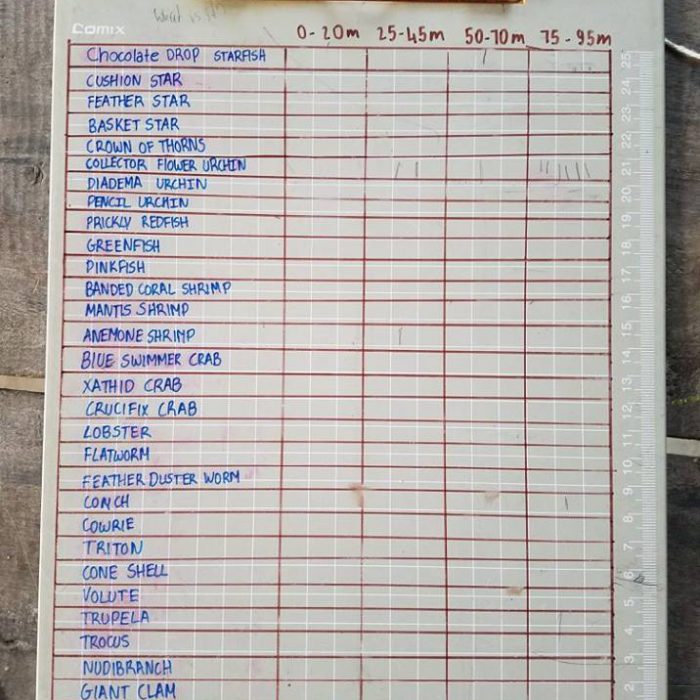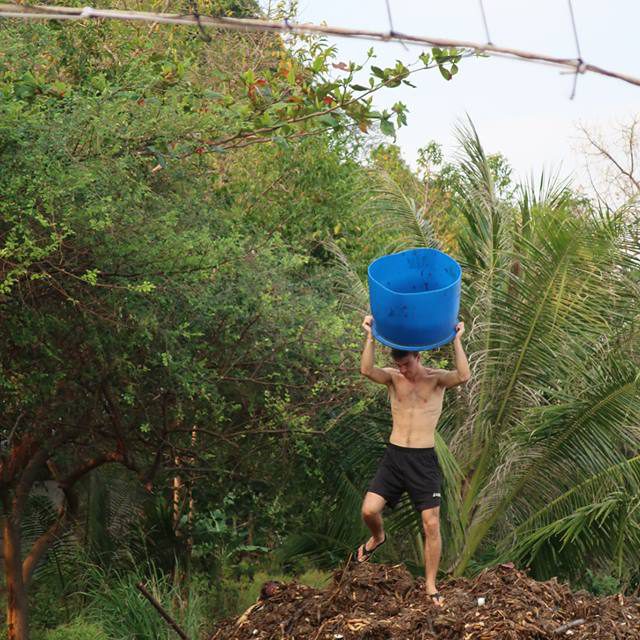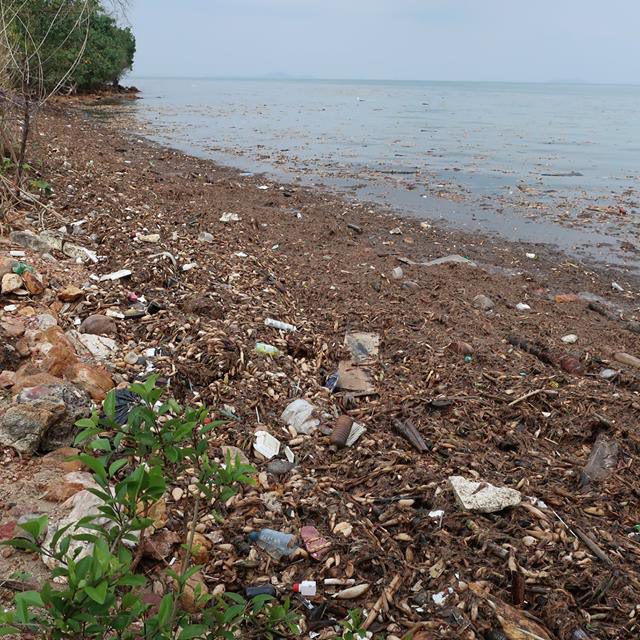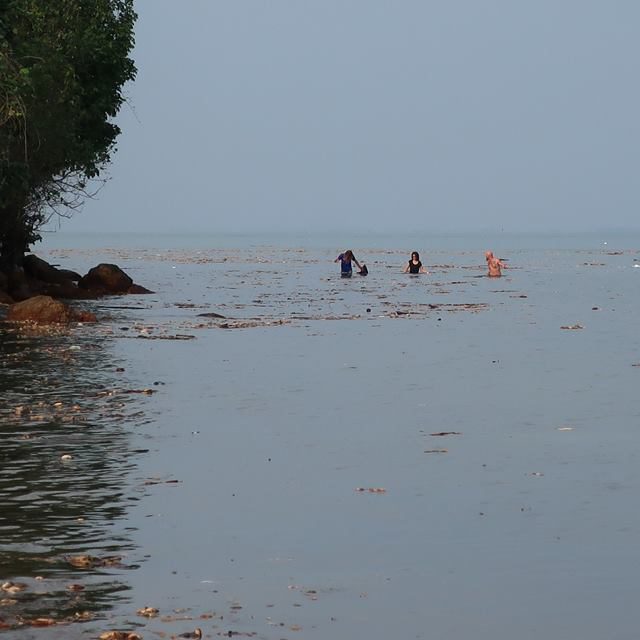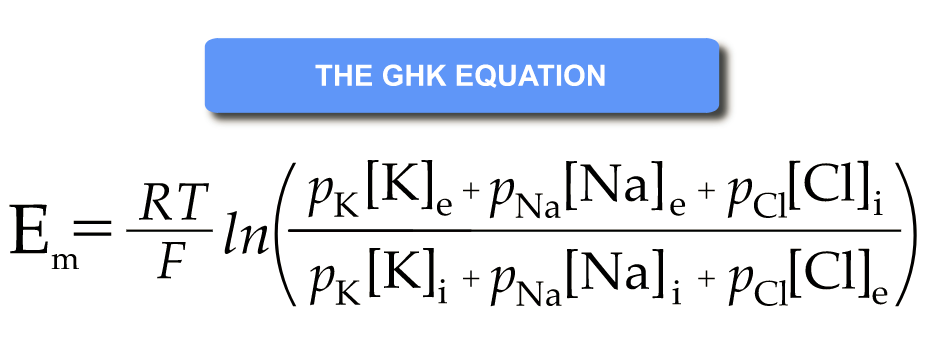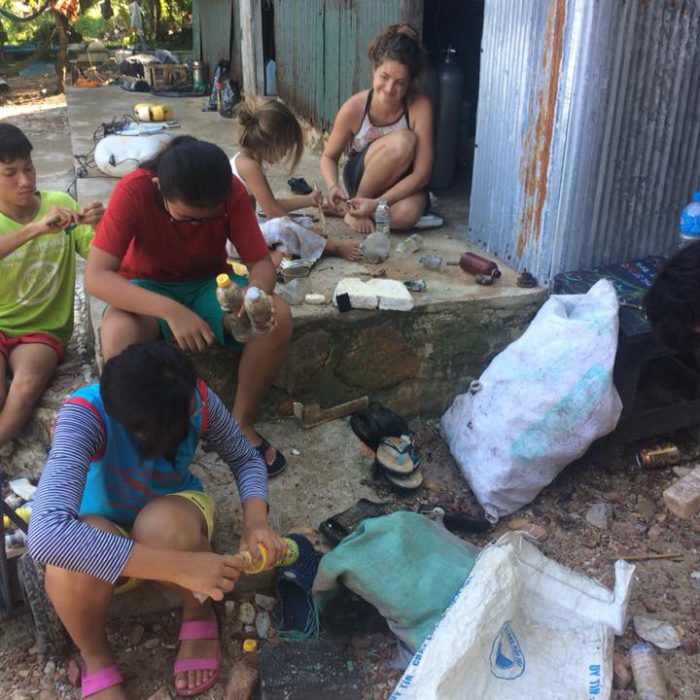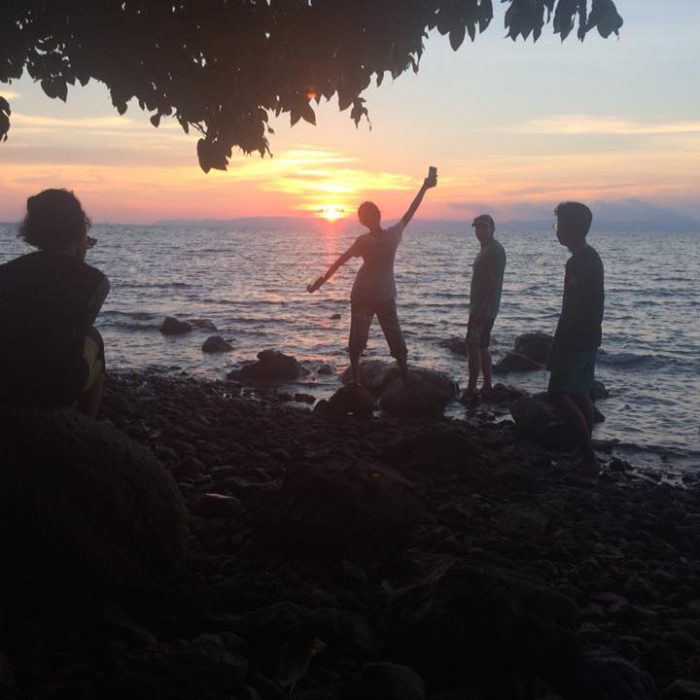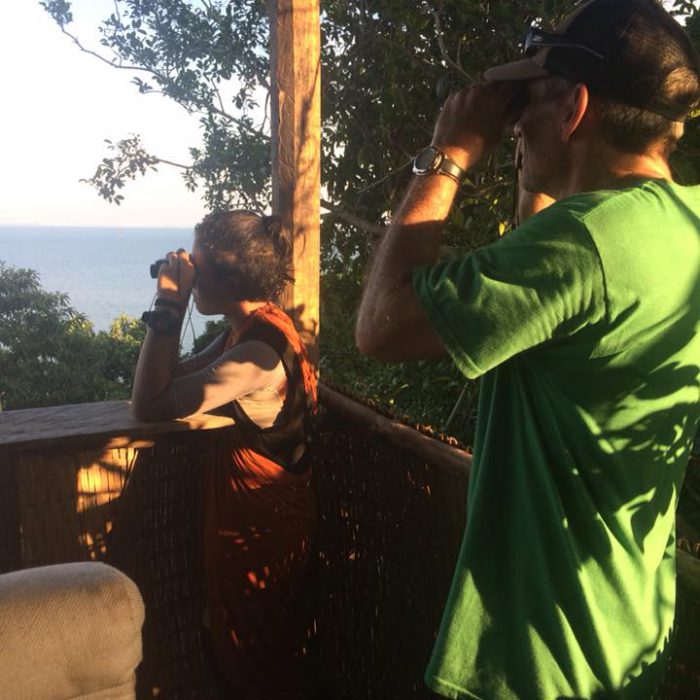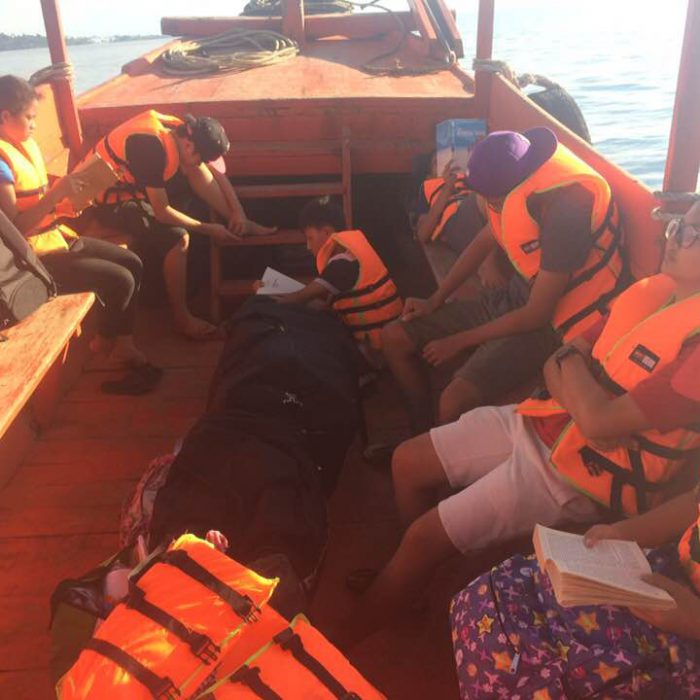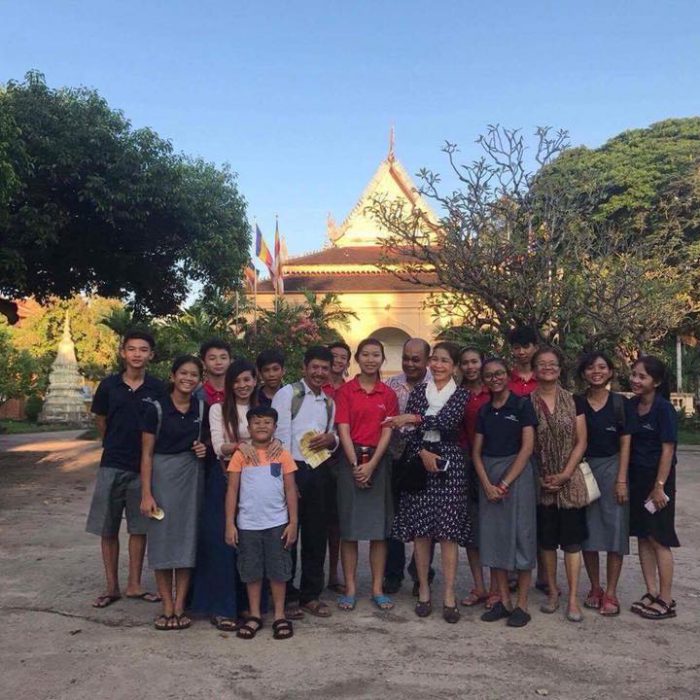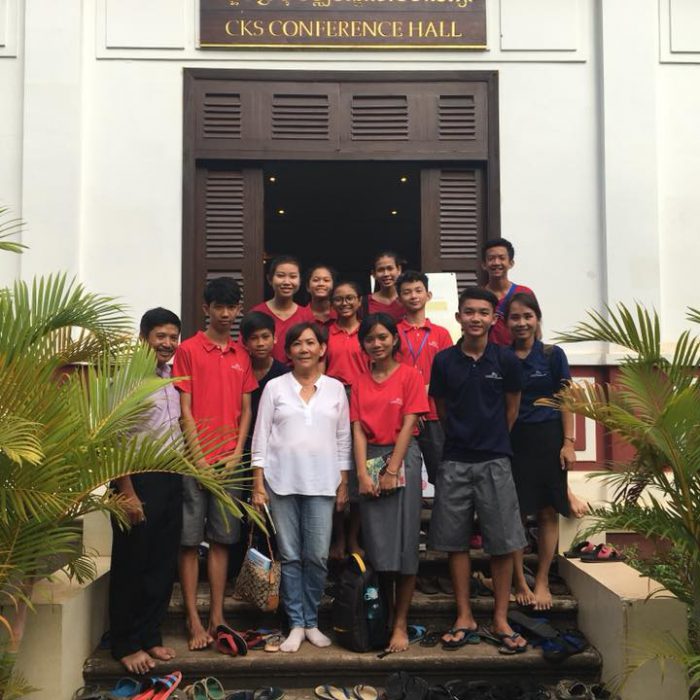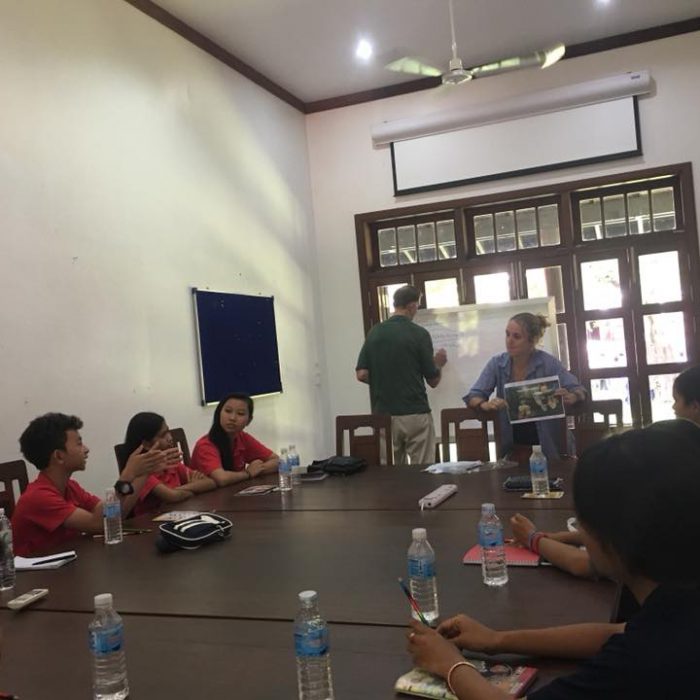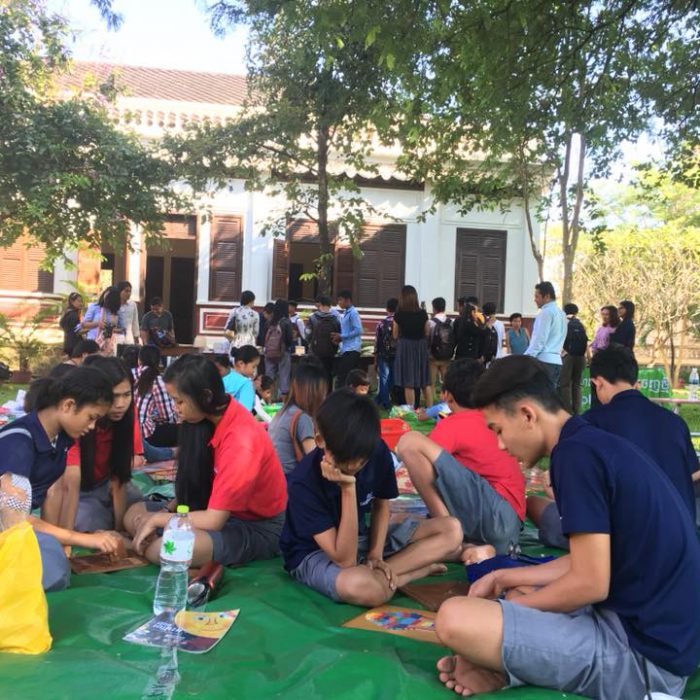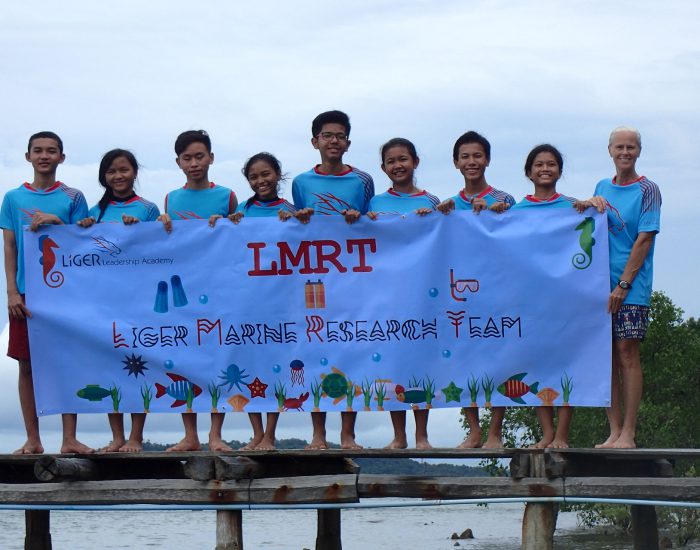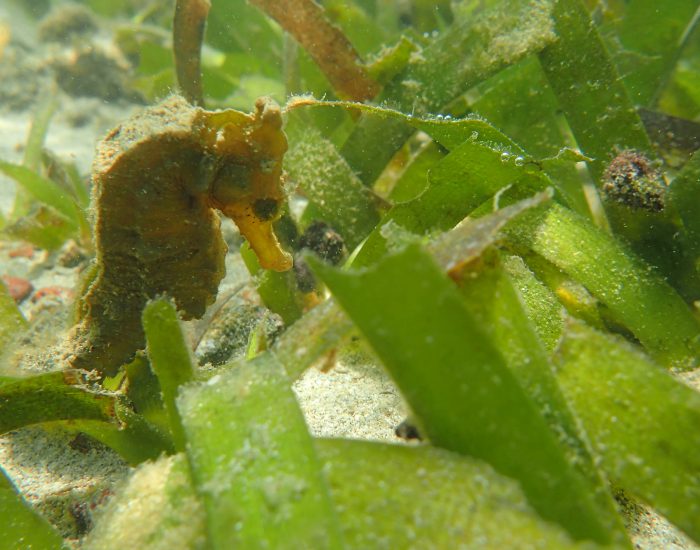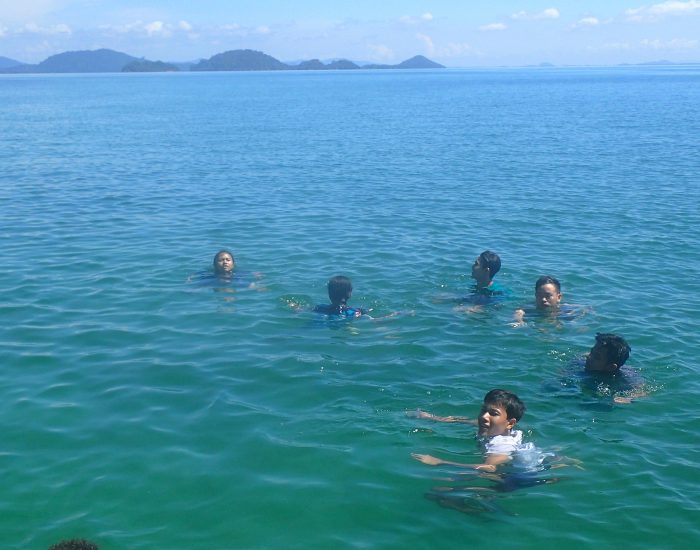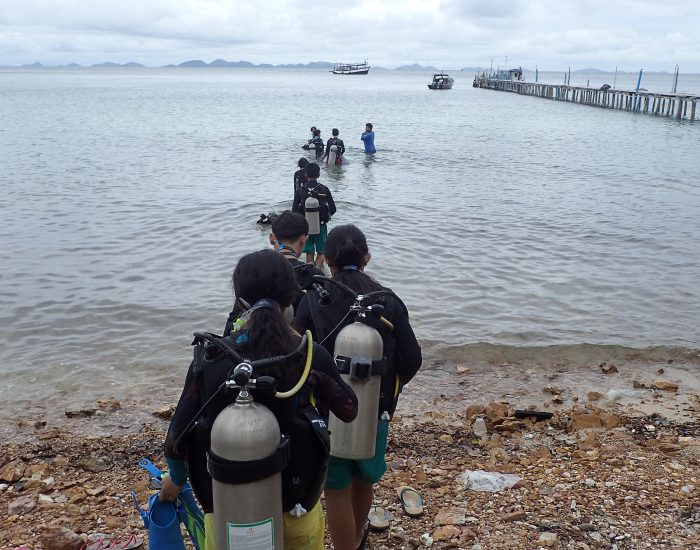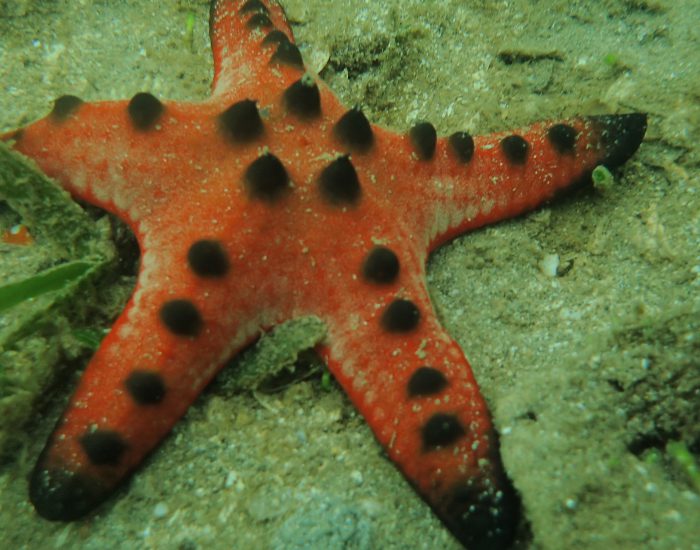This might be the last trip of this year and this school year. I was so excited for it, I wanted to see the blocks we deployed. Unfortunately, we can’t go and visit our blocks and conduct our survey during this trip. We were there when the island received a lot of rain. Most days, the sediment in the sea was stirred up by the rain which makes it very difficult to see underwater. We didn’t get to dive much. We only dove by the pier and search for seahorse and pipefish. During the four dives of this trip, I found a seahorse and a pipefish.
While the sediment kept on stirring, we stayed in the main bungalow and learned about dolphins and how to conduct dolphin surveys with Sarah. A day after our dolphin survey training, we had a practice boat survey. The plan was the leave early in the morning (5:00 am) but the rain wouldn’t allow us to. That day, after the rain settled down, we cleaned the beach and collected sacks and sacks of trash (mostly styrofoam) in less than an hour. After the beach clean, we went on the dolphin survey. During the dolphin survey, as I was scanning the ocean with my binocular I heard a shout. Then, my whole vision shifted to the dolphin. I was really excited. My mind was blanked out. I can’t remember how to call out the information to the notetaker (Somphors). All I could think of was dolphins.
After that first pod of dolphin, we start seeing more. Soon, we realized that we were surrounded by dolphins. It got harder for us to keep track of them. There were at least four pods of dolphins, and they kept merging and separating all the time. I think we messed up the pods because there were a lot of things going on with the dolphin. They won’t make it easy for us to keep track of them. After about an hour of many dolphins to keep track of, it went silent. All of a sudden the dolphins seemed to vanish. At this point, Nina started the trash survey, and I found myself really engaged in it. Every time I see trash in the sea, I shout with excitement. I was excited not to see the trash in the sea, but excited because I can be a part of the trash survey. I hope my contribution can have a big impact. I hope the data from the trash survey can speak on behalf of the ocean and ask for attention. After one hour of trash survey, Nina realized that she needs a better datasheet. She ran out of space to fill in the data, particularly the column for styrofoam. I was so inspired. I can’t wait to be more involved with the trash and the dolphin survey.
Besides the dolphin and the trash survey, we worked a lot on cluster making and recycling things we found during our beach clean-ups. We also met a lot of cool people. We met captain Pete Bethune ( a very experienced conservationist) and his crew, Erik and Angela. We also met Doug Bender—the space engineer and former head of unmanned satellites and “attitude control” at Howard Hughes, General Motors, and Boeing.
It was a really great trip. I love meeting new people on the island and get to know about their job. It was a pleasure to watch films about Pete and work, and listen to the presentation by Doug. I loved every moment of this trip, and will never forget it. The ocean and the island now feel like a home to me.
